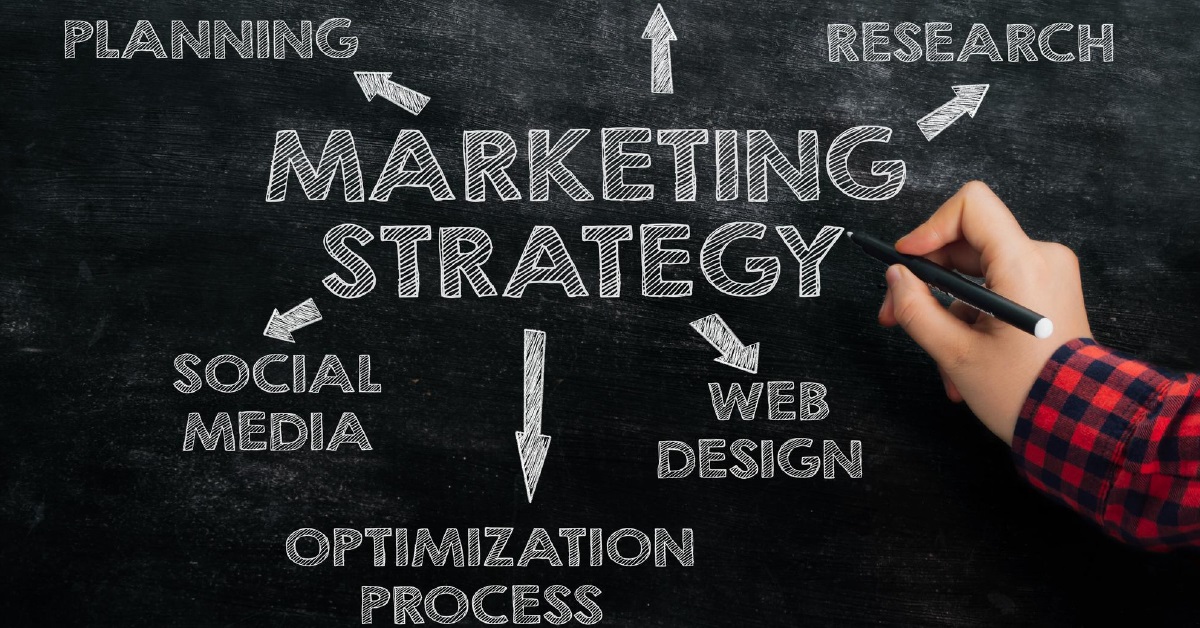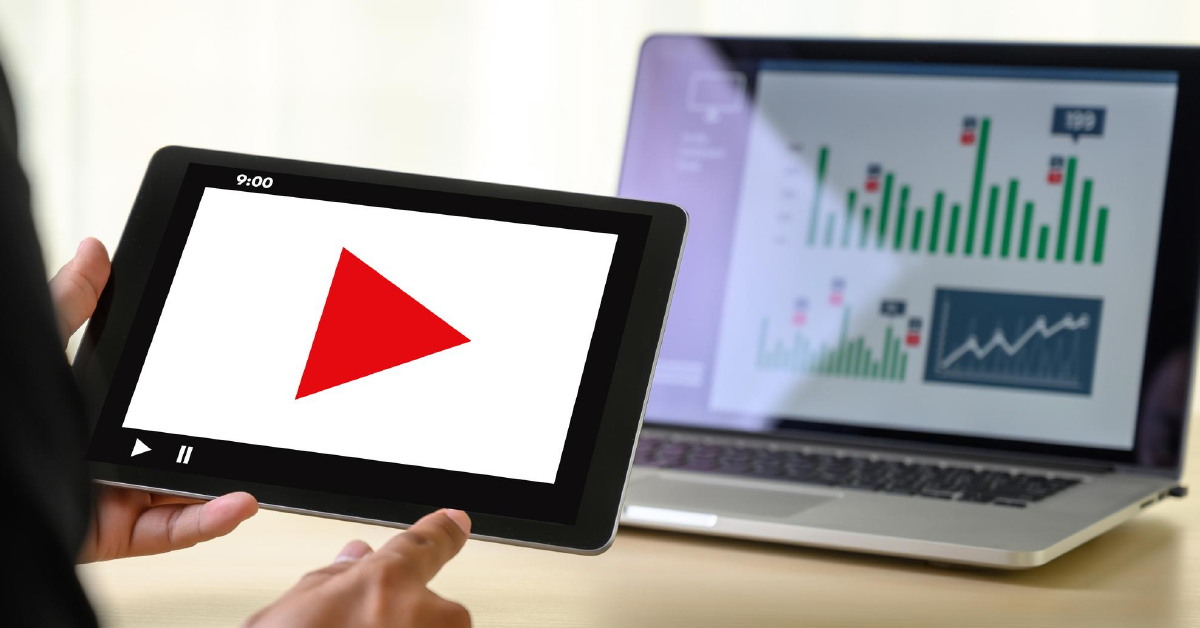6 min read

Table of contents
- Introduction
- How Do You Define Performance Marketing?
- What Makes Performance Marketing Unique?
- How Can Performance Marketing Be Measured?
- Some of the key metrics and KPIs frequently used in it are listed below
- Building a Performance Marketing Strategy: A Guide
- The advantages of performance marketing
- The following are the top 3 benefits of performance marketing
- Conclusion
Table of Contents
Introduction
The internet has fundamentally altered how consumers shop for and purchase goods. Naturally, it also completely changed how businesses market and sell. With the growth of omnichannel marketing, there is also a greater opportunity to reach and engage more customers more frequently.
Marketers can now collect campaign data around the clock and monitor real-time results, a remarkable capability. Data transparency has made it possible for marketers to improve the performance of their campaigns, whereas, in the past, it was nearly impossible to attribute.
How Do You Define Performance Marketing?
Performance marketing describes online campaigns where advertisers pay marketing agencies or ad networks based on results like clicks or conversions.
Unlike traditional and organic marketing performance, it is used specifically to promote actions, track and measure those actions, and assign the ROI of each asset, campaign, or activity.
Even though large corporations can spend millions on branding, most businesses must concentrate on their bottom line to remain profitable. It returns control to the advertiser. No matter whether it is a sale, lead, or click, you choose the action, and you only pay when it is finished.
What Makes Performance Marketing Unique?
Regardless of how well the ads perform, most traditional forms of advertising require an upfront payment from the advertiser without ever seeing a conversion, which could equate to hundreds or even thousands of dollars. Only when the success metric (conversion, action, or transaction) is met, do advertisers get paid.
How Can Performance Marketing Be Measured?
ROI (return on investment) is a defining characteristic of performance marketing; every activity and action is tracked, reported, and evaluated in light of established KPIs. This way, the campaign results can be understood, and performance can be improved.
Successful digital marketing relies on measurable ROI, so it is critical to track it frequently. Many performance optimization agencies are on the market, but before selecting one, give your campaigns time to collect data. With more data, your insights will be deeper, and your optimization skills will be more accurate and effective.
Some of The Key Metrics and KPIs Frequently Used in it are Listed Below:
Businesses place their advertisements on a particular channel (more information on the best performance marketing channels is provided below) and are then paid according to how well the ad performs. Here are several different payment options:
1. Cost-per-click (CPC)
Depending on how frequently their ads are clicked, advertisers are paid. You can drive more people to your website by doing this.
2. The cost per impression (CPM)
When individuals see your advertisement, impressions are made. CPM charges you for every thousand views.
3. Cost Per Sale (CPS)
Only when an advertisement helps a sale happen do you pay with CPS. This method is often used in affiliate marketing.
4. Cost Per lead (CPL)
If someone registers for a webinar or email newsletter, you are charged, similar to the cost per sale. To increase sales, CPL generates leads that can be pursued.
5. Cost Per Acquisition (CPA)
Unlike CPL and CPS, the cost per acquisition is more all-encompassing. With this model, advertisers only receive payment when users carry out a specific action (such as purchasing something, giving you their contact information, visiting your blog, etc.).
Building a Performance Marketing Strategy: A Guide
There is no one way to conduct performance marketing campaigns because so many different types of channels are available. The main steps for developing a digital marketing performance strategy, regardless of the type or target market, are listed above. They can serve as a guide to help your performance campaign succeed.
Step 1: Set a Promotion Objective
Creating your campaign objectives is fundamental before you can measure the success of any campaign. Its major building block is goal-setting, irrespective of whether the objective is to boost brand gratitude or drive deals.
Before creating ads or launching campaigns, many advertising platforms ask that you define your goals. Your campaign goals determine how and where your ads are displayed, as well as other crucial success factors.
The Most Well-Liked Digital Marketing Objectives are:
- Brand acknowledgment
- Traffic to websites
- Both retargeting and remarketing
- Engagement
- Generating leads
- Sales
Once you decide on your campaign objectives, you can use advertising platforms to create campaigns that target those specific objectives.
Step 2: Choose The Best Digital Channel
Sticking on one particular platform is the best rather than concentrating on different channels for expansion. It will increase the approach and publicity of the campaign, growing its possibilities of success. Search for the platform on social media or through affiliate marketing that concentrates on your conversation style, and that’s how you mostly find your target customers.
You can greatly expand your potential reach and make your performance marketing available to a much larger audience by diversifying on various social media platforms, such as Instagram, or by moving from plain display ads to native advertising.
Step 3: Establish and Begin The Campaign
Creating campaigns involves significant work, including identifying the target audience, comprehending their problems and goals, and developing ads and messaging to meet their needs and catch their attention.
As you gain a deeper understanding of your target market and how your product or service can appeal to them, creating the best ad images, headlines, designs, and schedules will become simpler. It should go without saying that the technical aspects of the campaigns, including the permitted image sizes, copy character limits, and ad sizes, vary according to the channel or platform you are using.
Step 4: Assess and Enhance Your Advertising Effort
The real work begins once the launch is done. Information is developed as soon as it is launched. The trader is responsible for improving the performance of each of them in all active channels. Allocate the advertising
budgets accordingly to the source that performs best once the metrics and analytics are determined. Use performance marketing campaigns to increase sales with the best distribution channels, focused markets, and campaign goals.
Step 5: Deal with Possible Problems
It can meet risks and hazards like any other retailing action. It may consist of
- Brands protection
- Issues relating to compliance
- Restrictions on privacy
- Fake clicks and automated traffic
- Publisher fraud and transparency in placement
Focusing on the top ad networks and platforms, where problems like brand safety and data privacy are handled responsibly and reliably, is one way to minimize potential issues at the outset.
The Advantages of Performance Marketing
The most effective illustration is native advertising, in which marketers design ad campaigns with a particular conversion objective in mind and only charge for clicks or other conversion-related actions.
Contrast this with a TV advertisement, for instance, which runs for a specific amount of time and with a certain frequency, but there is no assurance of how many consumers will see or respond to it.
The essence of its advantages is captured here. Marketers have much more control over their budget and return on investment due to its emphasis on tracking and attribution.
The Following are The Top 3 Benefits of Performance Marketing
Optimization and Tracking: This is done specifically to monitor and assess the success of marketing initiatives. Monitoring and tweaking performance campaigns to produce better results using various data analytics tools created especially for performance marketers is possible.
Reduced risk: Marketers are much better equipped to optimize and lower risk when necessary because they can monitor the progress of their performance campaigns at every stage. Furthermore, quicker launch times are possible with reduced risk. Give up requesting approvals.
ROI-focused: Raising performance is always the main objective because ROI is what drives performance marketing. The brand elevates across all metrics, leading to increased leads and sales. This ensures that performance campaigns are consistently moving toward better results.
Conclusion
Performance marketing will keep creating space for businesses to thrive as technology develops. It will always be viable for growing your company because technology advances quickly.
Performance advertising campaigns allow you to monitor all aspects, right down to a single ad, from brand awareness to conversion rate. Advertisers are looking beyond branding to develop marketing strategies with a solid return on investment as advertising becomes more transparent. This need led to its development, which is still ongoing today. Enter performance marketing now to enjoy the advantages of tracking, measuring, and improving your ROI.
Published: August 24th, 2023








